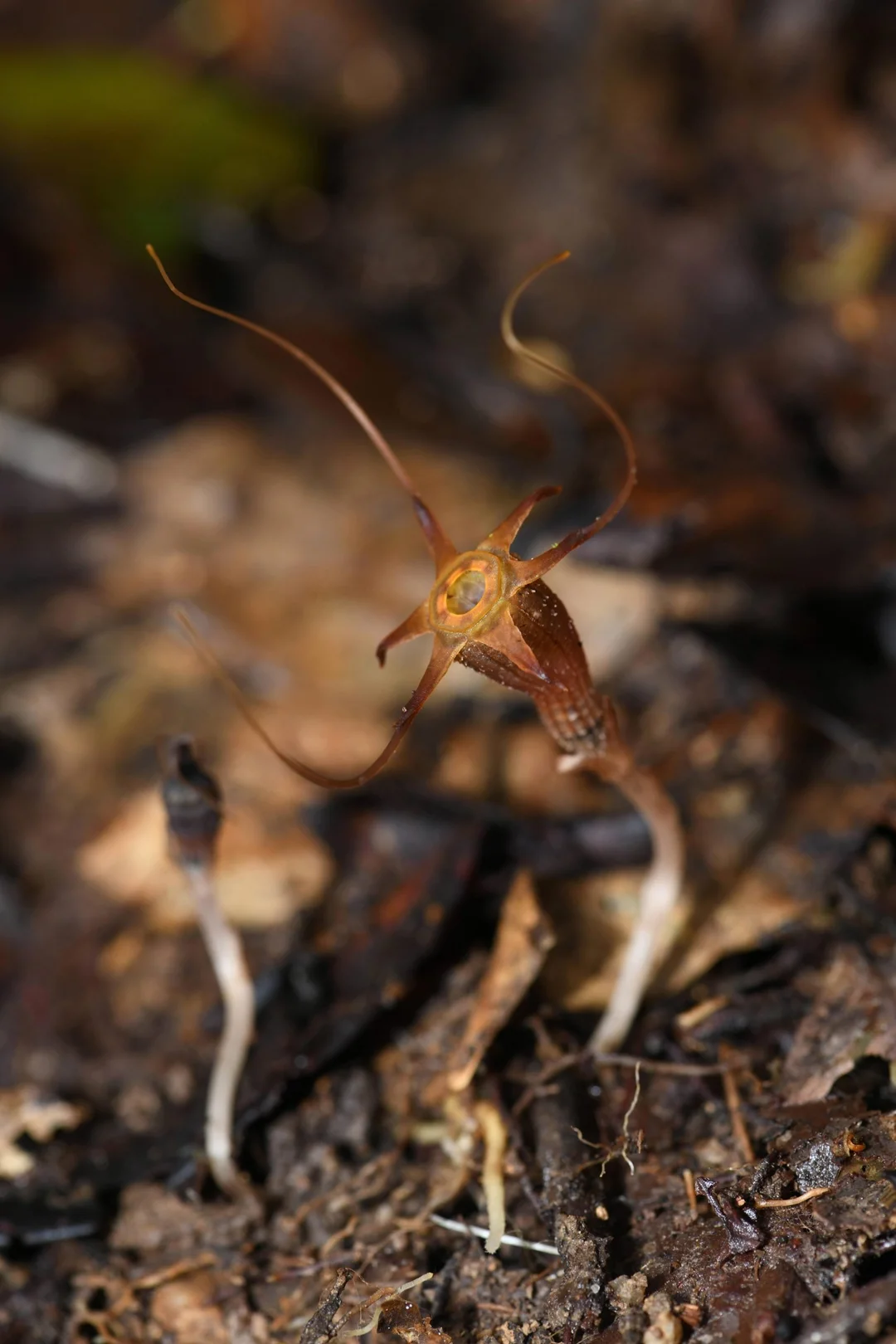
A Bizarre New Discovery: The Enigmatic Fairy Lantern Species
Recently, an extraordinary new species known as Thismia aliasii has surfaced, capturing the attention of researchers and conservationists alike. Discovered in the lush hill dipterocarp forests of eastern Peninsular Malaysia, this newly identified fairy lantern species is critically endangered and highlights the urgent need for conservation efforts in the region.

The findings were published in the open-access journal PhytoKeys, shedding light on the unique characteristics of Thismia aliasii and its reliance on a mycoheterotrophic lifestyle—meaning it gets nutrients not from photosynthesis, but from fungi. This trait sets it apart from many other plant species and emphasizes its delicate existence within the ecosystem.

First recorded in 2019 by co-author Mohamad Alias Shakri during a field expedition in the Terengganu's Chemerong Forest Eco Park, the species has now become a pivotal focus for further research. The authors faced numerous challenges during their investigations, including the impact of the COVID-19 pandemic, which delayed expeditions. However, with perseverance and support from the Nagao Research Grant, their efforts paid off.

According to the researchers, the habitat of Thismia aliasii is under threat from increasing hiking activities, raising alarms about the species' future. With only five individuals recorded across multiple surveys, the necessity for urgent conservation action becomes paramount.
This discovery not only enriches the biodiversity of Terengganu but also elevates its profile as a hotspot for Thismia species diversity, with 13 species identified in the area, including six endemics. The delicate beauty of these plants reminds us of the intricate balance within ecosystems and the importance of protecting fragile species before they vanish forever.
As we marvel at the weird and wonderful aspects of nature, one cannot help but wonder: how many more elusive species remain undiscovered, and what can we do to safeguard their habitats? We encourage readers to share their thoughts on conservation and the importance of biodiversity in our comments below.